Discover how Flight Levels, a simple yet powerful approach, can elevate the performance of a single team. Join the conversation as Mats Olof Winroth shares insights alongside Tina Rieger.
The Challenge:
Mats, it’s great that you want to share your experience. Using Flight Levels components for a single team success sounds exciting. Before we dive deeper, could you tell us something about the team? What had they already achieved? What did they want to improve?
The team I collaborated with belonged to a global business organization, supporting social media strategies and content globally. Despite functioning as a Scrum team, they struggled with issues arising from the organization’s traditional work environment, leading to internal and external friction. The three-week sprints and self-management were unfamiliar territory for the organization. I typically work with teams facing agile process and delivery problems. For me it was initially surprising to encounter a team that had already successfully adopted many “agile” practices. However, one of the significant challenges was a long-term roadmap that got detached from reality, causing trust issues and conflicts
Using Flight Levels:
You used a part of the Flight Levels theory to bring the team closer to their strategic goals. How could Flight Levels help you to address the strategic problem described above?
Flight Levels offers a straightforward coaching model, making problems transparent through visualization and creating a common language, from strategy to implementation. This is a great help to bring in new concepts and ideas and to explain the benefits. One of the key ideas is breaking down the strategy into short-term measurable outcomes that encourages regular planning, review, and learning. Despite having a vision, mission, and strategies aligned in the organization, their roadmap lacked influence on day-to-day operations. The strategy even included one-year measurable goals, encompassing both output, e.g., the number of social media productions, and more outcome-related metrics, e.g., the amount of content utilized by regions in their local campaigns.
The roadmap and the one year goals were actually reviewed every quarter but didn’t have any influence on the day-to-day planning operations and the plans were not adopted based on learnings. Ideas from Flight Levels bridge this gap.
Concrete Steps for an Aligned Strategy:
What concrete steps did you take to get an aligned and impactful strategy and roadmap?
To tackle this challenge, we initiated two experiments:
1. Monthly Strategy Review Meeting:
The team introduced a monthly strategy review meeting, focusing on evaluating the outcomes from the previous three months and updating the roadmap for the next quarter. The plan for the next three months is detailed, while the remaining roadmap can be seen as a rolling forecast. In this strategy meeting also management and stakeholders will be invited, ensuring transparency and alignment of everyone with the roadmap.
Utilizing a shared, aligned, and consistently reviewed roadmap brings transparency to stakeholders, eliminating the previous conflict between a fixed long term plan and delivery. This not only promotes cooperation but also grants the team and stakeholders the flexibility to adapt the scope in response to the present circumstances.
2. Outcome for New Strategy Theme:
In Flight Levels, strategy is deconstructed into valuable and measurable outcomes, accompanied by implementation activities designed to achieve the specified objectives. This binds the strategy to the actual work, carried out in the team.
The team therefore established a time-constrained measurable outcome for one of the strategic themes that couldn’t be addressed earlier. To achieve this outcome they defined epics, which carried end to end value, e.g. a specific social media production. The team decided each epic is owned by one of the developers and is reviewed every week.
In addition the team explores ways to establish meaningful, leading measurable outcomes for their initiatives. Currently these outcomes might rely mainly on the actual usage of their material and manual feedback from customers and regions. However, the team also focuses on enhancing analytics capabilities to allow measuring of customer interactions.
The integration of time-boxed work items, specifically real customer value in the form of outcomes and epics, empowers the team with significant benefits. With the definition of epics for value ownership got improved, “We are several team members that work on this new production but I feel responsible to align and ensure we progress”. This not only facilitates a clearer visualization of value flow within the system but also streamlines prioritization and fosters an environment of ongoing learning.
Celebrating Progress:
Many teams struggle to define and track measurable goals, so the team is already further ahead than many others. A reason for me to celebrate? How do you see that?
Well, the journey is also a goal, isn’t it? I think this team is on a good way and they have also adopted a positive experimental approach, with a sound “We don’t know, but let’s try it out!” attitude. I think this is a key factor for every change.
Thank you Mats for your insight. I have taken that with me. The nice thing about a thinking model like Flight Levels is that parts of it can be cleverly useful everywhere. Creating transparency about actual position, building a common language and bringing the right people in regular intervals together have positive effects.It is positive for individual teams and beneficial for scaling.
Final Thoughts:
Would you like to share a few final words?
Flight Levels offers a versatile thinking model, good for any organization or team. It encourages starting where you are, optimizing interactions, experimenting, and adapting to your specific context. This flexibility makes Flight Levels suitable for any environment, even in traditional agile frameworks.
In our discussion, we touch on just one aspect of Flight Levels. Still, the model proves to be a valuable coaching tool for organizations facing complex challenges. By employing adaptable strategies and focusing on measurable outcomes, even a single team can benefit from Flight Levels ideas. While the concepts discussed here aren’t unique to Flight Levels, the model provides a comprehensive framework with practical ideas to enhance coaching and organizational improvement at all levels.
More information on Flight Levels:
https://improuv.com/agile-methoden/flight-levels-activities/
https://www.flightlevels.io/




